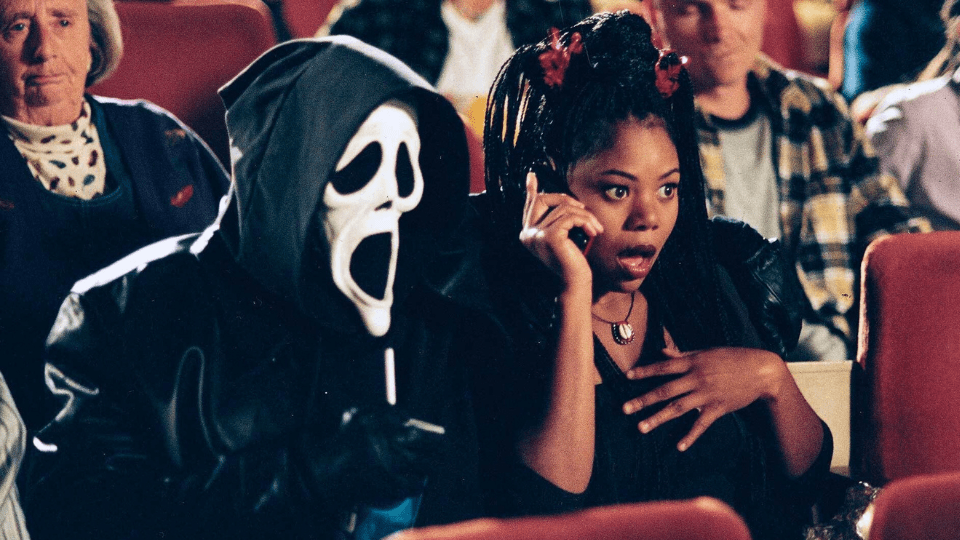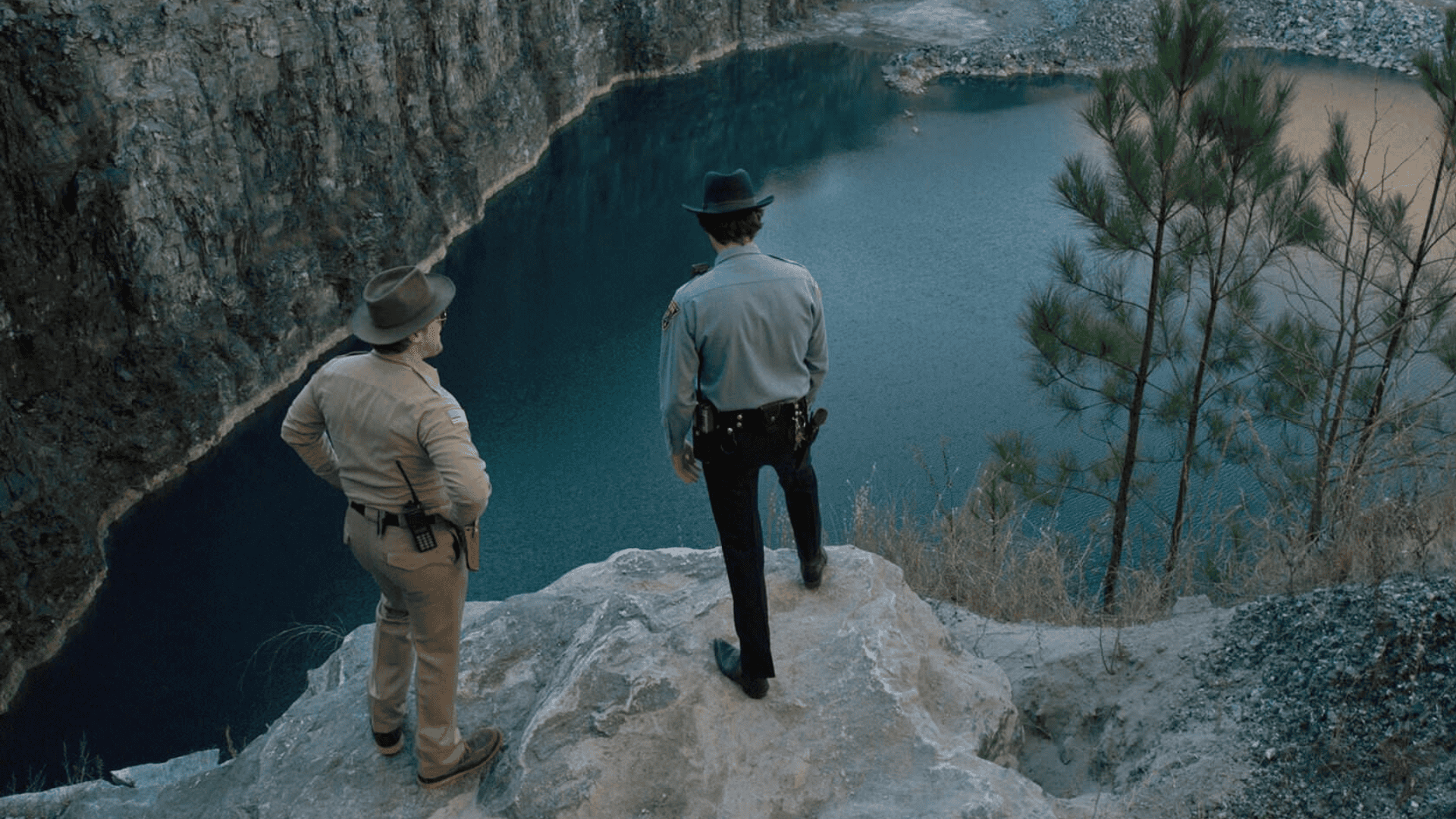Two popular genres that often get confused are horror and thriller. While both genres aim to thrill and excite audiences, they have distinct differences in their storytelling, character development, and overall tone. We’re exploring the key differences between horror and thriller films, and examine some of the most iconic examples of each genre. Whether you're a die-hard fan of horror or thriller, or just looking to expand your cinematic knowledge, read on to discover what sets these two genres apart in the world of film.
The horror and thriller genres share some similarities, but they have distinct differences in terms of their themes, tones, and intended effects on the audience.
Horror
The horror genre typically aims to scare and shock the audience by creating an atmosphere of terror and dread. Horror stories often involve supernatural or paranormal elements, such as ghosts, monsters, and demons, as well as graphic violence and gore. The horror genre often explores themes related to death, the unknown, and the supernatural.
The horror genre has been a staple of the film industry for over a century, and there are many iconic films that have helped shape the genre into what it is today. Here are some of the most popular and influential horror films of all time:
- Psycho (1960)
- The Exorcist (1973)
- The Shining (1980)
- Halloween (1978)
- Night of the Living Dead (1968)
- The Texas Chain Saw Massacre (1974)
- Rosemary's Baby (1968)
- Alien (1979)
- The Silence of the Lambs (1991)
- Jaws (1975)
These movies have not only terrified audiences, but have also inspired countless other horror films and filmmakers, and continue to be referenced and celebrated to this day.
Horror films often use low lighting and shadowy environments to create an eerie atmosphere and to conceal the identity of the killer or monster. The music is often suspenseful and sound effects are used to create tension. Examples include the classic "screeching violin" sound used in the shower scene in Psycho, or the ominous music used in the Jaws theme when the shark is near.
Jump scares are often used and are sudden, unexpected moments that startle the audience. Horror films often feature supernatural beings or monsters, such as ghosts, vampires, zombies, or werewolves, that terrorise the characters and the audience. This is usually coupled with violent and gory scenes, such as stabbings, shootings, or dismemberment. Some rely on psychological horror instead of grotesque imagery which are equally frightening, such as gaslighting or mind games to create a sense of unease. The final girl is a common trope in horror films, in which a female character survives the killer or monster and emerges as the hero. Notable final girls have been, Sally Hardesty in The Texas Chainsaw Massacre (1974) and Courteney Cox's Gale Weathers in the Scream franchise.
On the other hand, the thriller genre aims to keep the audience on the edge of their seats by creating tension, suspense, and excitement. Thrillers often involve high-stakes situations, such as crime, espionage, or danger to the protagonist's life or well-being. They typically feature a plot that involves twists and turns, and often explore themes such as betrayal, conspiracy, and survival.
Thrillers
The thriller genre is another popular genre in the film industry, characterised by suspenseful plots, high stakes, and often featuring a heroic protagonist who must solve a mystery or thwart a villain's plans. Here are some of the most popular and influential thriller films of all time:
- Rear Window (1954)
- Vertigo (1958)
- The Bourne Identity (2002)
- Seven (1995)
- Heat (1995)
- The Fugitive (1993)
- Inception (2010)
- The Departed (2006)
- Die Hard (1988)
- The Girl with the Dragon Tattoo (2011)
These films have captivated audiences with their twists and turns, and continue to be celebrated and referenced in the thriller genre today.
Thriller films often feature high stakes, such as life and death situations, intense conflicts, or urgent missions, that keep the audience on the edge of their seat. They also feature unexpected plot twists or revelations that add to the suspense and keep the audience guessing. Many thriller films feature fast-paced action sequences, such as car chases, gunfights, or hand-to-hand combat, that increase the excitement and adrenaline levels of the audience. However others may rely on psychological tension, such as mind games, manipulation, or paranoia, to create a sense of unease. Many thriller films feature high-tech gadgets, such as spy cameras, hacking tools, or drones, that add to the excitement and intrigue of the plot. The hero in a thriller must overcome obstacles, such as personal demons, physical limitations, or moral dilemmas, in order to achieve their goal and save the day.
While horror and thriller stories can overlap in terms of their content, the key difference between them lies in their intended emotional impact. Horror aims to scare and shock, while thrillers aim to thrill and excite.


